Big Dave the Big Dell
The story of this PC started like most hobbies do-with a spot of reminsicing.
I found myself sitting at my desk and thinking about the Windows Vista computers I had in my younger days and how they weren't as terrible looking back. Granted, it's Vista, it was rushed and undercooked and overly ambitious in its claims-but it was not as bad as the web makes it out to be. And so I thought "It'd be nice to have one of those back again, after they've all been lost to time." Then I went on eBay after finding the model name of the one of the clunkier old PCs I remembered, and discovered that the Dell Dimension E521, the machine that had once cost four digits was now $105-with free shipping to boot! A great project box if ever there was one.
So, with a price like that, I snatched it up before I lost the chance and when I got the machine, I was positively giddy-far more than I probably should've been. It was in near perfect shape despite being 17 years old! It even still had the registration key for Windows XP, which gave me a good chuckle-its OS was behind even among its contemporaries. I gave it a light wipe down to get the little bits of dirt off and expose its charming scrapes, and then came the moment of truth.
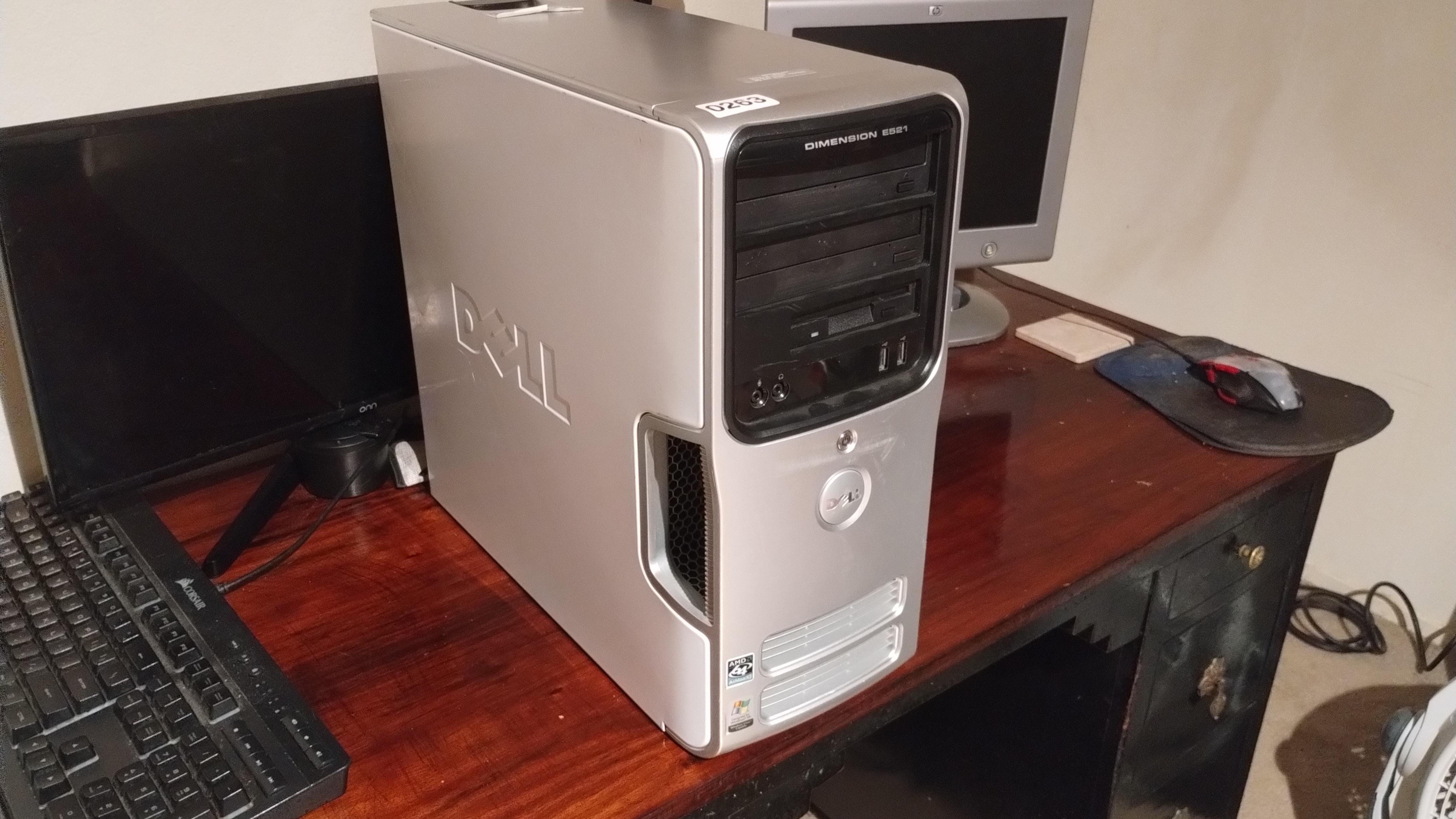
I lifted the case with that super-convenient enterprise-focused latch, and when I did, it was everything I expected. See, this is from an era when the big PC makers were trying to make "BTX" cases a thing; they wanted to make an updated version of the ATX standard with better heat management by making cases with lots of ventilation, one chunky fan, and one big ol' holy mother of a heatsink. The theory had legs-and it still holds up, even in 2024. Somewhat. But it really was big. And loud. Turning it on is like listening to a jet taking off and hearing it after that nice *CLICK* of the power button? That's a free dopamine hit.
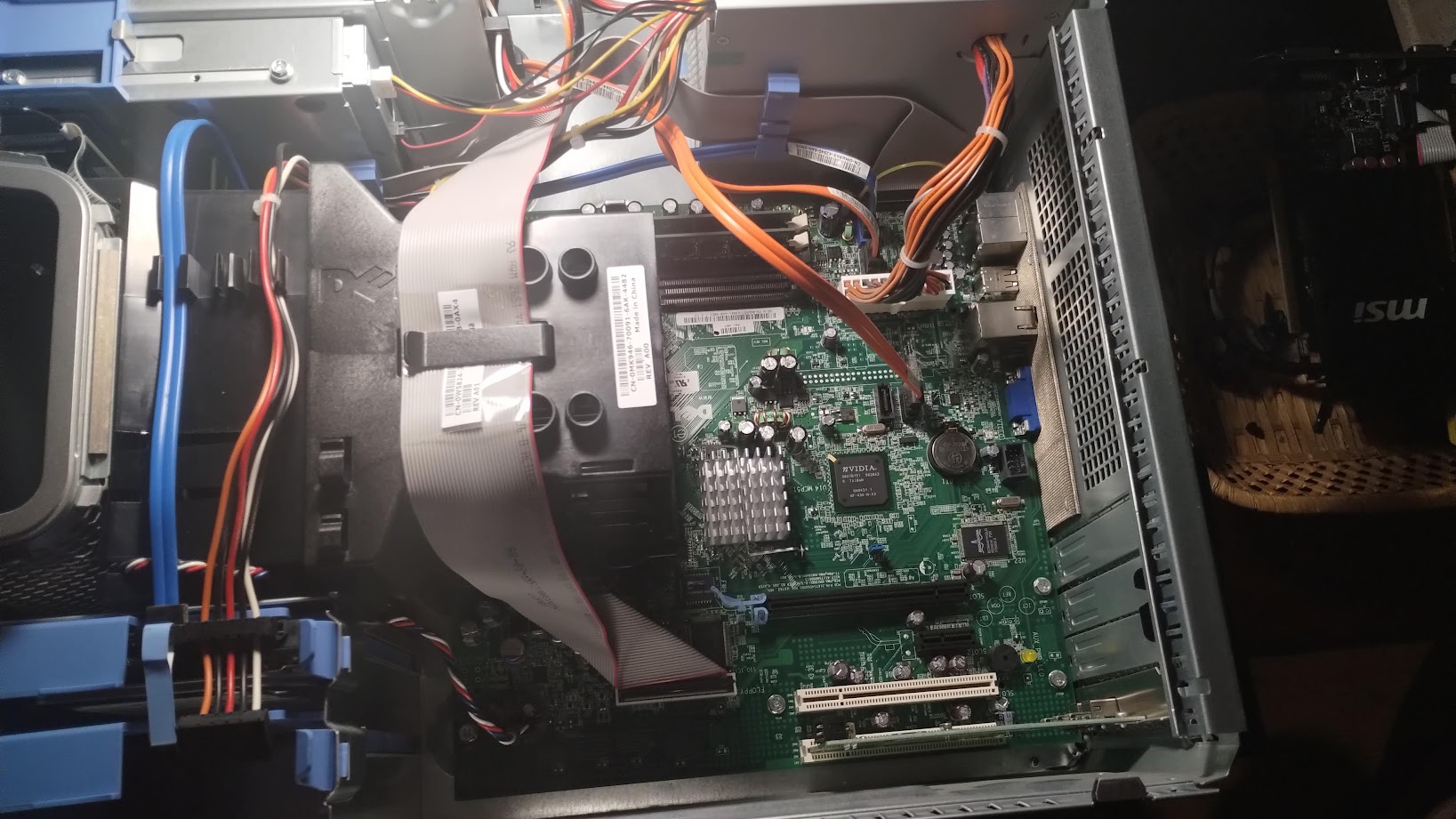
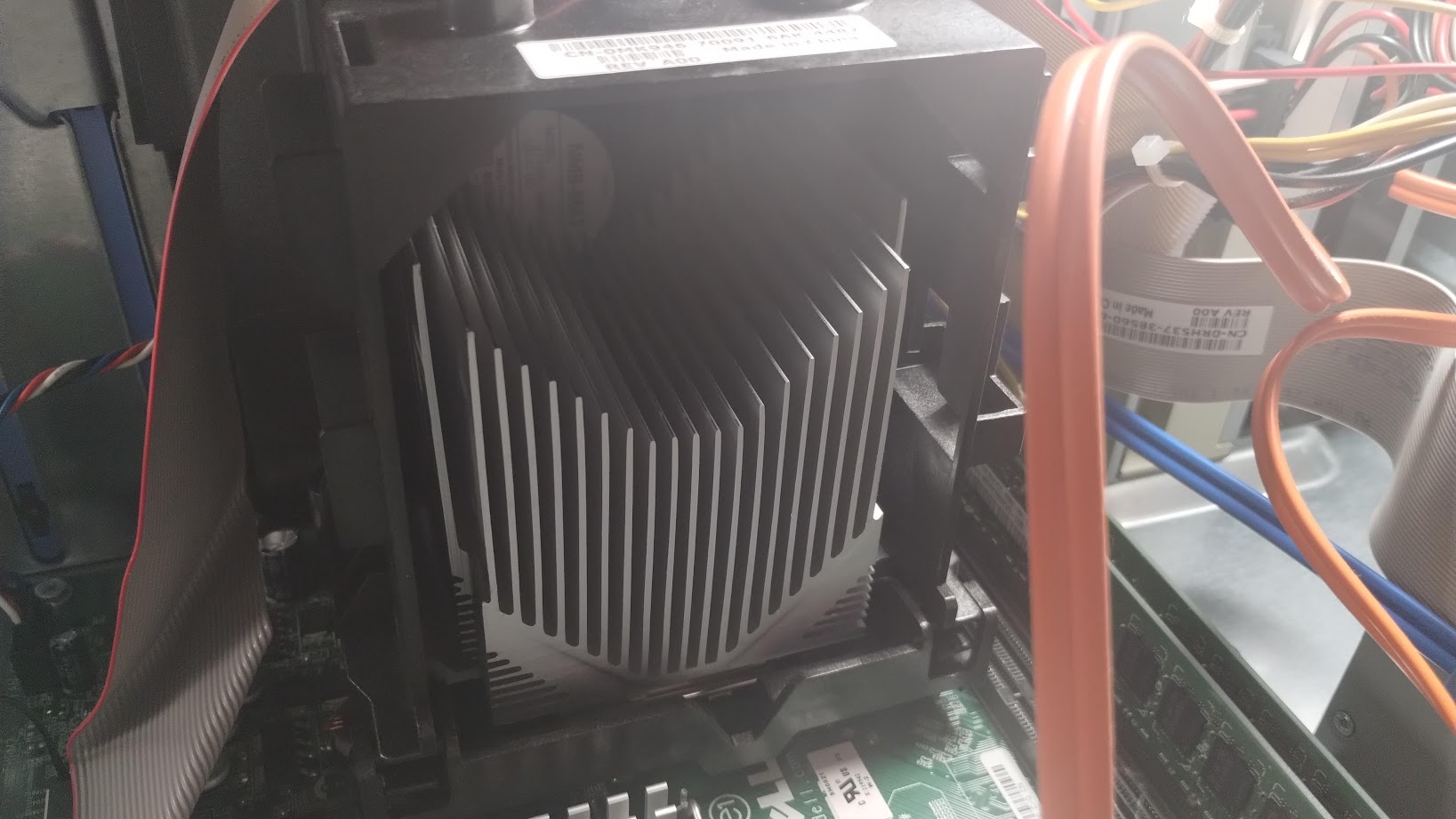
But once my awe at ribbon cables and Firewire cards passed, I noticed it was actually more adaptable than I thought. Two PCI x16 slots, one x21, and a x1 all with plenty of space. So, anachronistic though it was, I decided to reach into the closet and give it a little more oomph, with an MSI GT720 from a previous build...but it would have to wait.
The seller warned that the CMOS battery would have to be replaced. I, however, am an idiot who underestimated it. Arrogantly thinking it would be fine just to go into setup, I went into the BIOS and set the date and activated the HDD.
Big Dave, newly named, did not like that.
The loading went funky, multiple resets and ventures back into the internals ensued, until I put in a fresh CR2032 and let it be until I had an OS in it. With BIOS functionality restored and already as up to date as it needed to be, next came installing Vista. For this, I went with what it originally had when I previously owned one: Windows Vista Home Premium 64-bit.
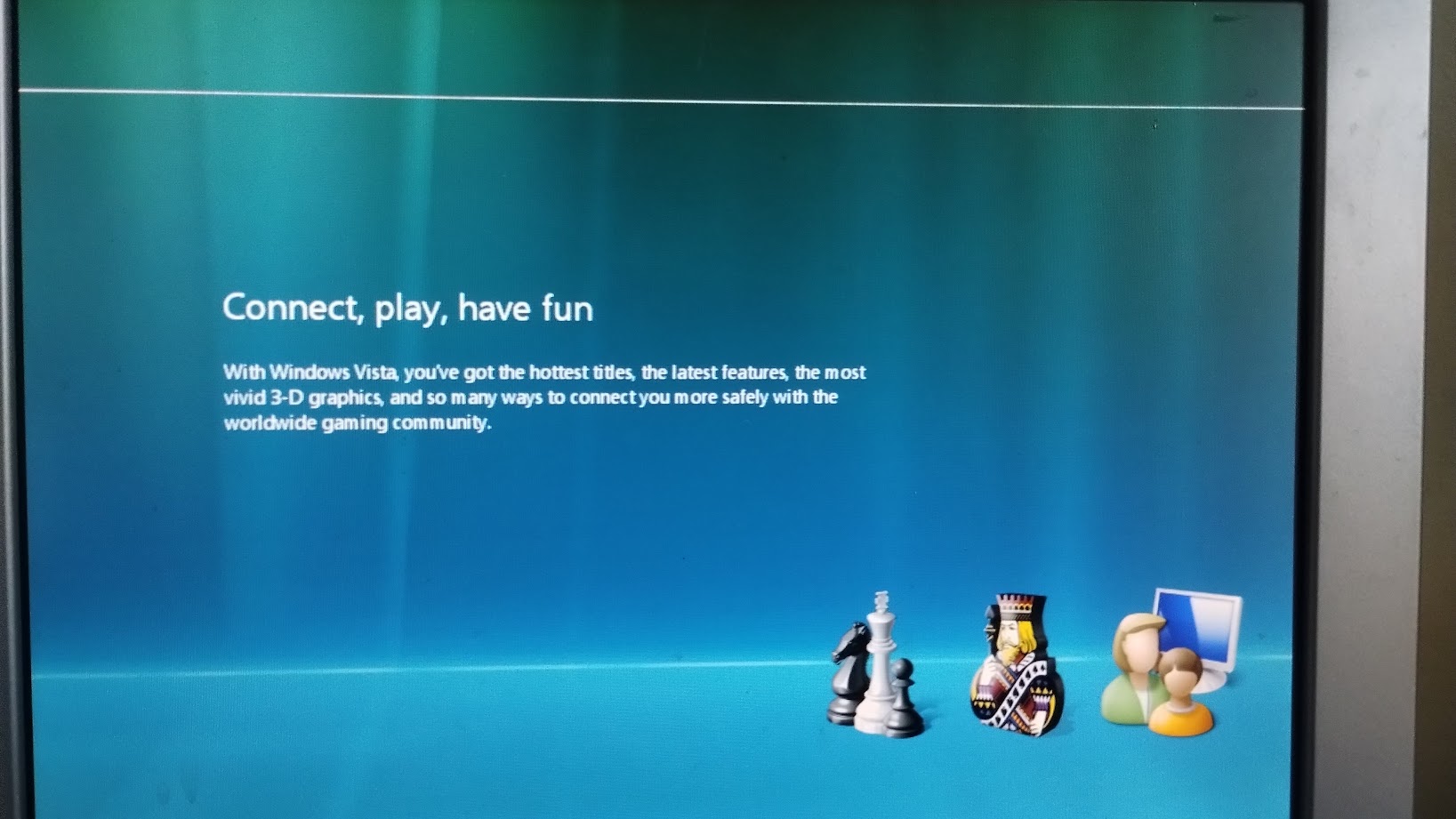
"the hottest titles, the latest features, the most vivid 3D graphics"
It took a bit to get a flash drive cooked up with it, and once I did, this oh so controversial OS started rearing its head and showing its age.
When Vista came out around 2007, Microsoft had fully learned that DRM was A Thing that they could use. And I can't connect this thing to the internet either for security reasons, and so began a great and lengthy dance. Eventually, I got it working with a phone call to the T-800 and a (thankfully) still maintained phone activation system. After that, burning a CD with the drivers and getting it installed was easy thanks to the excellent collaborative efforts of the Internet Archive, followed by a drawn out process of file transfers and searching for Visual C++ distributables and other prerequisites to what he'd be playing.
By this point, Big Dave was running steady. Fans whisper quiet. Perfect performance, just like I remembered, even after being slotted into a little cubby tucked into a corner like its predecessor.
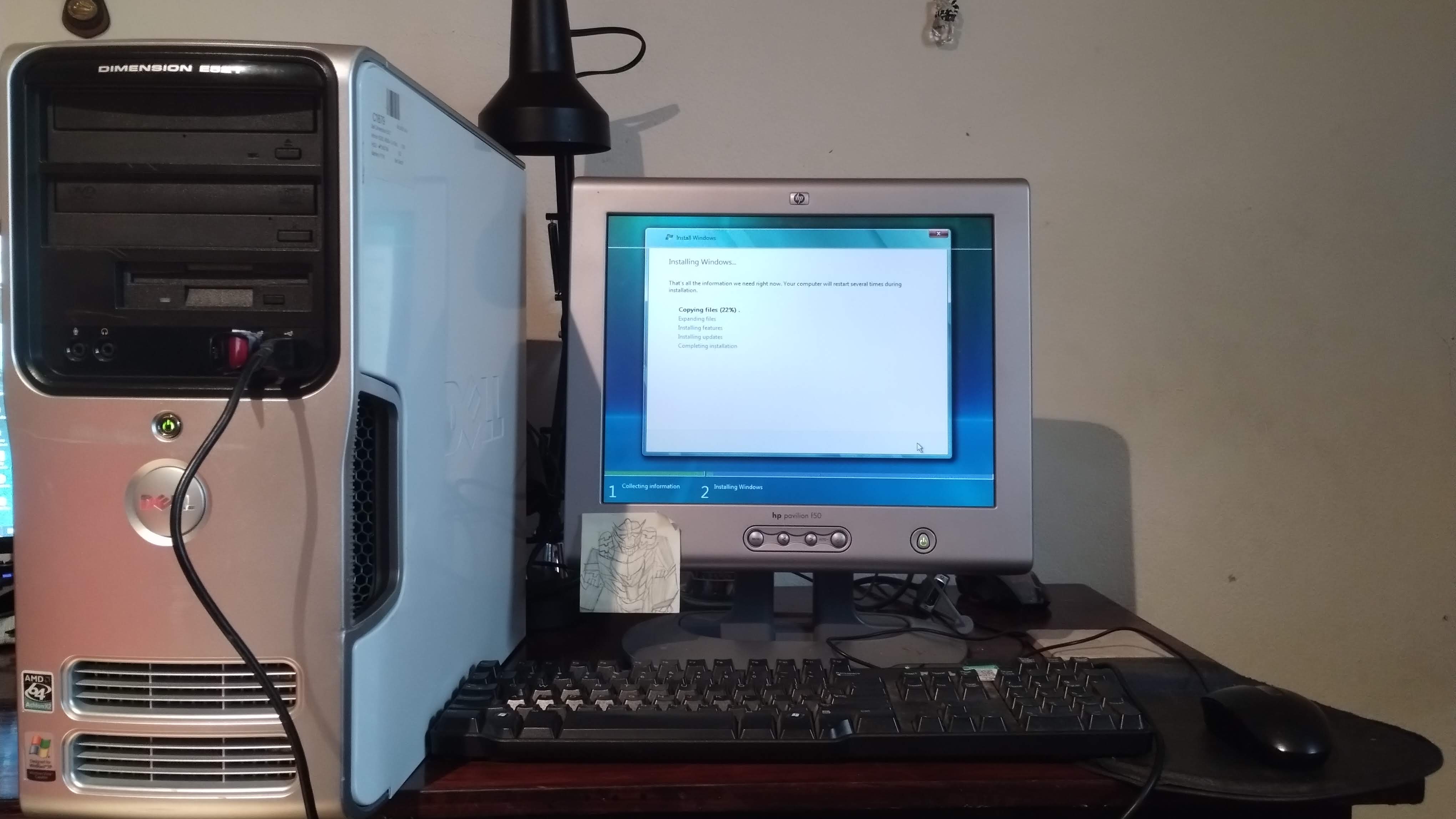
Side Note: The monitor was second-hand and repurposed like everything in this build, and that little drawing on it was a gift from my little sister. I mentioned liking a particular character while she was binging Transformers Cyberverse and she gave me a sketch of him.
Or so I believed-I wasn't through yet.
It had been an excellent DOS emulation machine thus far, playing Duke Nukem 3D and Tyrian 2000 at perfect speed albeit with...odd MIDI emulation, which I later discovered in the case of the latter was because DOSBox was defaulting to MIDI 330H instead of FM Sound, and Duke's Sound Blaster emulation was leaving a lot to be desired causing the audio to sound--I won't mince words, the synth beats in Tyrian I was hoping for were coming out sounding like floppy drives clicking and farts in a bathtub-and the hard, intense guitars of the latter were being interpreted as piano music, based on MIDIs as they are.
This was a problem not just because I'm a persnickety curmudgeon but because it loses the tone of the works. Duke 3D's music-and Grabbag by Lee Jackson in particular-was made from the outset to be crunchy and grungy taking inspiration from contemporary bands like Metallica and Megadeth. Meanwhile, Tyrian was made to sound as futuristic as possible, with zippy and energetic Daft Punk-esque electronica compositions.
You can hear that for yourself in the video below. Do you notice how the first sounds a bit like a scratched CD skipping?
There were a lot of parts of this build where I said "Yes, it's bad, but it's charmingly bad" and any other day I'd have a good laugh at how crusty it sounded-but on this, stubborn though it was, I was not willing to compromise on what my ears were going to be dealing with.
Fortunately, this was an easy enough fix to make, and things were off to a good start at this point. Which led to the next hurdle...
While early 2000s games and earlier-those like Mount & Blade-came out servicable...it was clear by now after early testing that the big guy still needed work and a little more horsepower in his belly. Especially with the 4X games I've expressed a fondness for, where even games from 2007 took a toll past a certain level of progression into a stage.
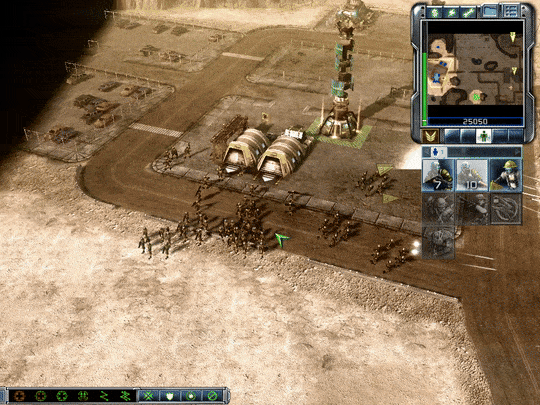
Pictured: An average scene while playing Command & Conquer 3 (2007), recorded from Big Dave
That is where our anachronistic friend, the middle of the road Plain Jane MSI GT720 comes in, fresh outta storage after being taken from my primary PC a few years prior.
Unfortunately, GPU generation gap aside, Big Dave is a computer of discerning taste, and the problem here was Dell and the fact that the Dimension series' adaptability for IT professionals and Dell's design philosophies of "long service life and ease of maintenance" were countered with the assumption that no one was actually going to put in a new graphics unit. Until people did. Quite often.
(This isn't surprising either, because just a few years earlier, Dell had been given a legal spanking for lying about the "capacitor plague" that had infected the tech industry. This is also why I made a point of checking Big Dave for them.)
And so, at some point it was decided that the BIOS would always prioritize the integrated graphics chip and plugging in a PCI graphics card caused the entire screen to go black even if the monitor cable was plugged into the motherboard's I/O. I had to turn it off and back on and off again so many times, booting into safe mode and removing and slotting the card back in and troubleshooting until I got it to recognize the GPU and got the drivers installed.
But at long last, he was ready to play. I set to work transferring my collection into the central archive that was the Dell and soon my media center had another jewel in its crown as Big Dave ran Half-Life and Battlefield 1942, Supreme Commander, and others in the compendium with ease and strength. All was readied.
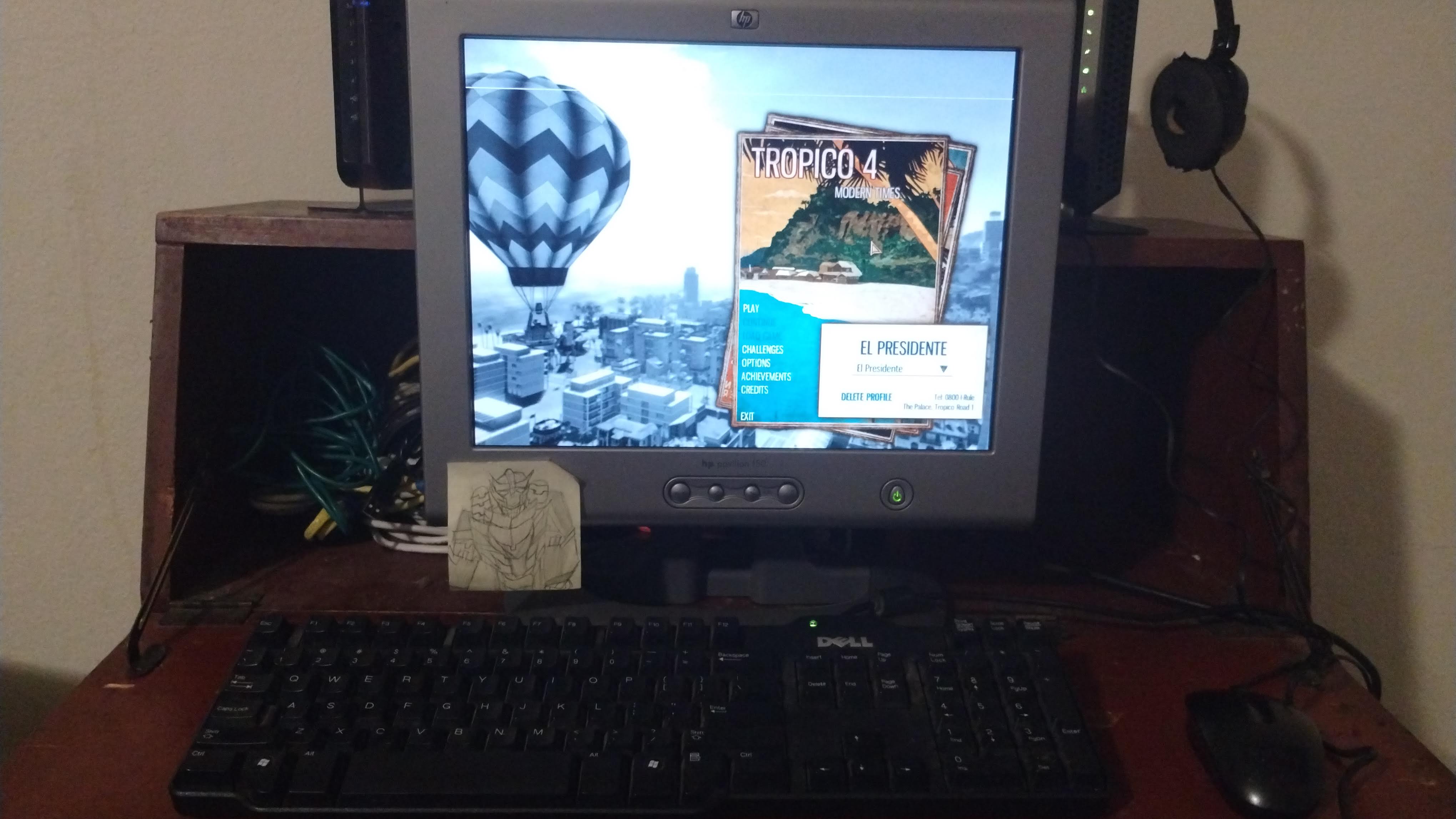
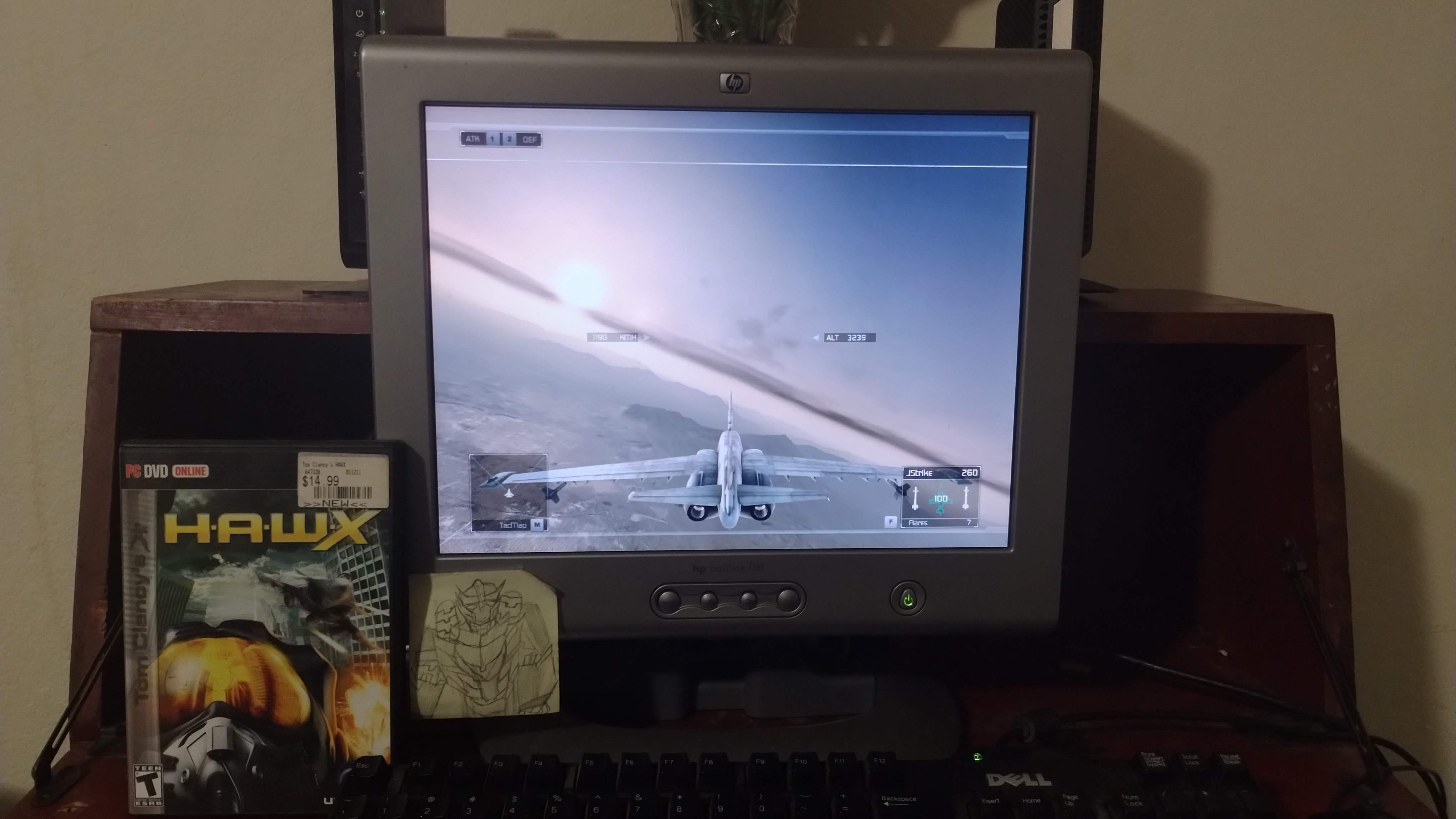
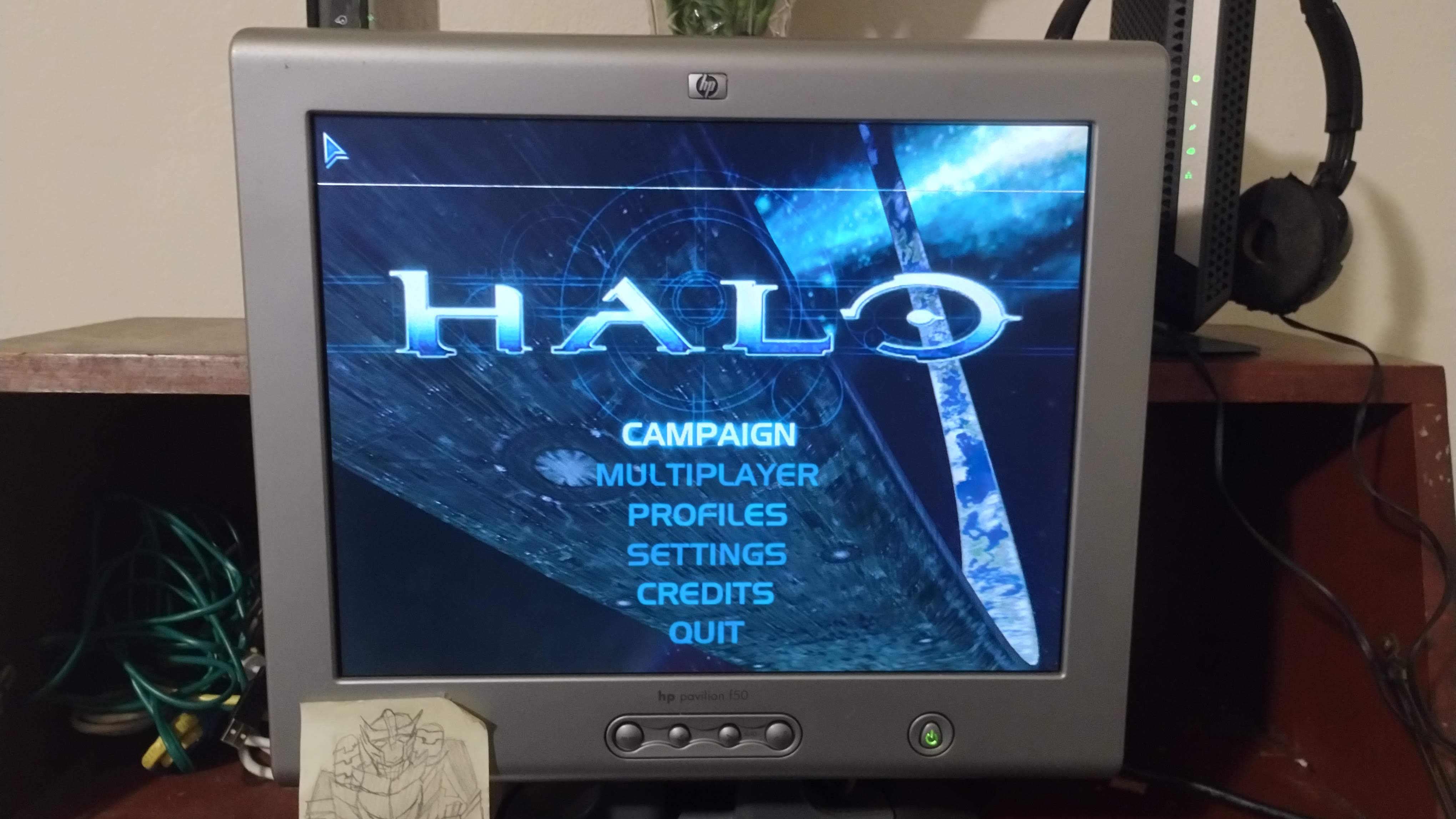
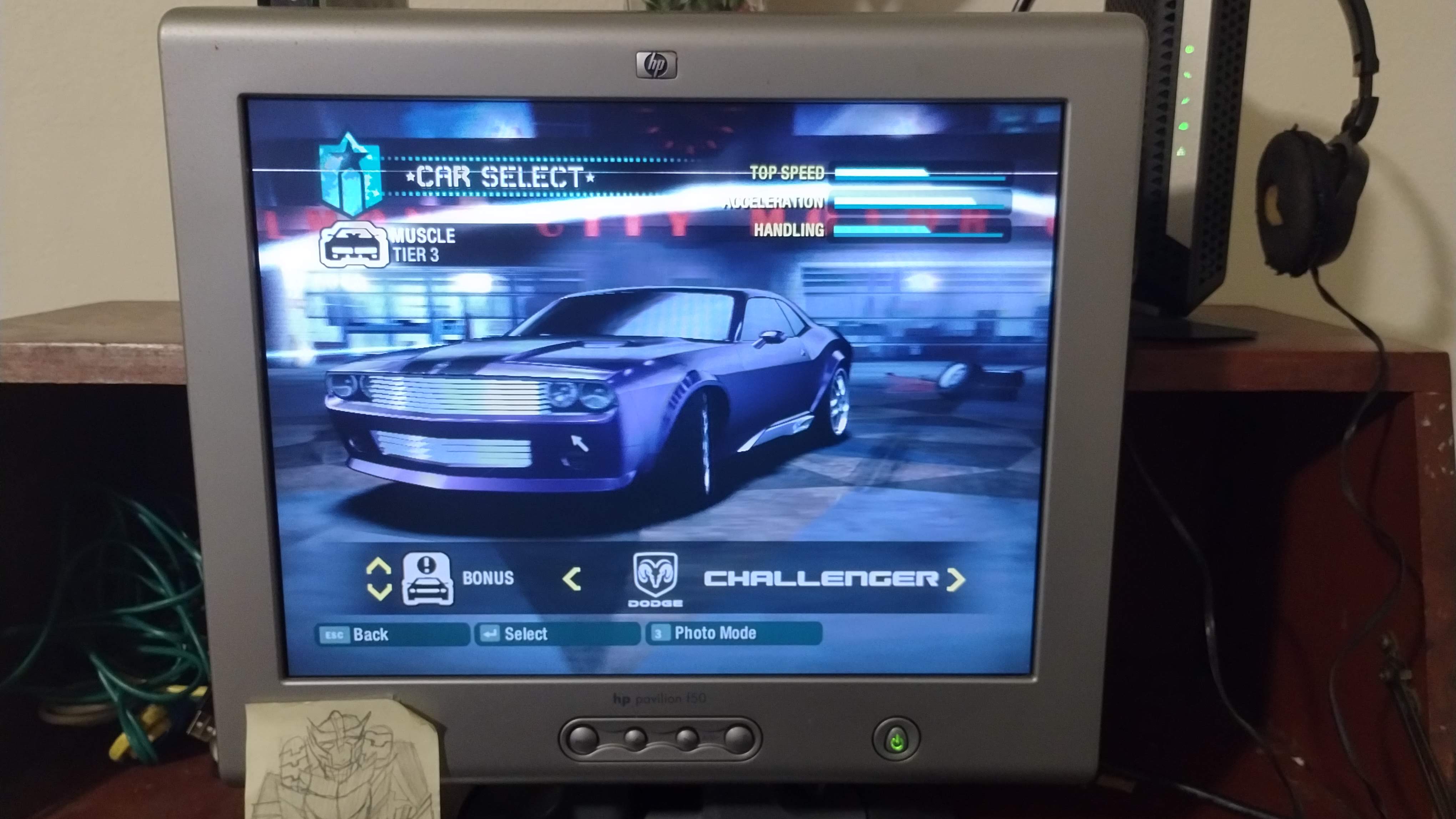
This project was more than mere nostalgia feeding. It was a way to experience all the struggles and quirks and idiosyncracies of this big aluminum bulldozer that I never would've noticed when I originally had it. Same goes for the games-when the rose-tinted glasses came off, I noticed a lot more. I played Bejeweled constantly when I was younger, but I remembered the UI of Bejeweled 3 instead.
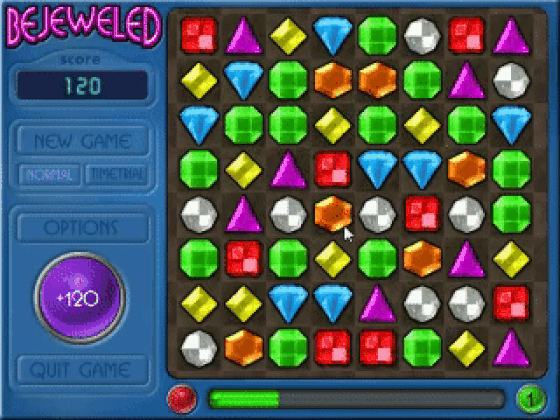
All that did, however, was remind me what I liked about its general formula and why I had the memories I did of it.
Tom Clancy's Rainbow Six was clunky, not just complex or detailed or strategic, and at some point I had mentally replaced the visuals and gameplay with Rainbow Six: Vegas. Characters move with weight, there are no first person viewmodels for guns, the options for graphics are highly limited and most of the guidance on how to play was left in the manual. The extent of the "character customization" was changing what body armor your units wore.
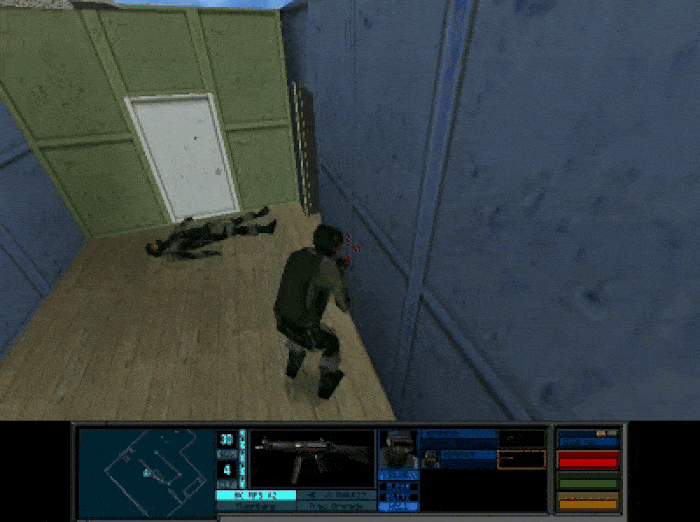
Add to that the-let's be generous and say "dated"-1998 writing and it's still a totally different, totally unique experience you will not find under Ubisoft today.
In the same vein-Command and Conquer 3 and Need for Speed Carbon, both mid-aughts EA games, in spite of my childlike excitement flat out would not install off of their discs-which makes me think that even after putting in my CD keys, there was some buried DRM.
That was a showcase, however frustrating, of the transitionary period they came out in as game companies leaned further into online-centered experiences, the manual for the former describing in detail its new leaderboard and matchmaking systems. And you could see the development teams tweaking the formulas ever so slightly with the times, trying to keep up without changing what made them. And that's what made it interesting to me.
As for the mandatory Halo CE test...
...Nah. Halo CE was 100% as I remembered.
And then...
Then there was that still sealed physical copy of Supreme Commander...oh, I tell you, I had a special experience from that one. Turns out there is such a thing as "new game smell". Though that might have been the euphoria of a chunky physical manual and an included lore map. Which I frantically bought a frame for at the first opportunity.
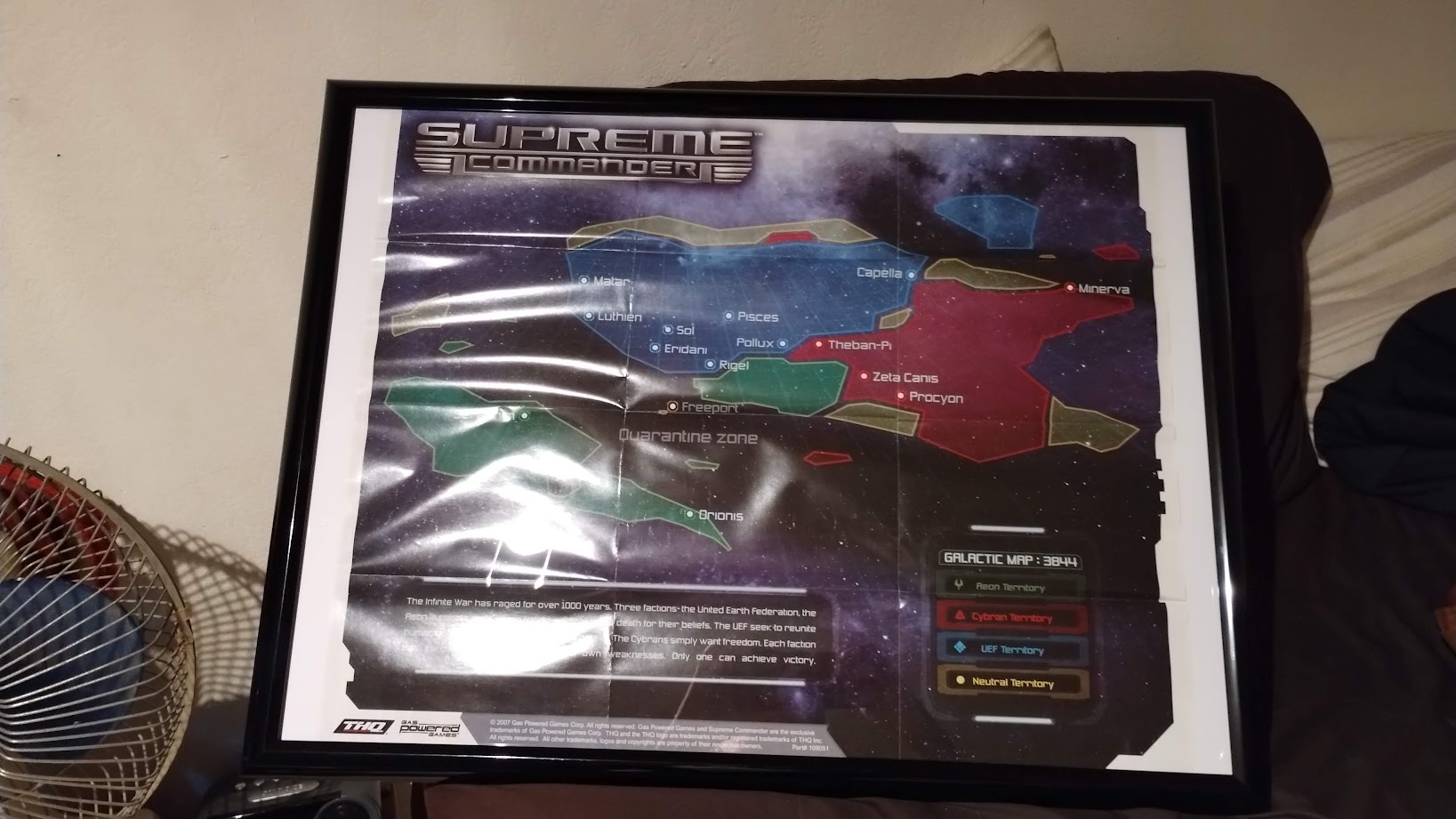
It was a learning experience, in more ways than one, and I'm glad I did it. Seeing the way the tides shifted and the times changed displayed so clearly is an experience you only get to have every so often. While I understand the Vista era may be a tad too modern, it's well over seventeen years old at the time of writing and using it now? It was the edge of a steep cliff in tech development before the onset of an age of stagnation, consolidation and slow rot as all the cancers of the tech industry metastasized. HD gaming was becoming ever more prevalent, more emphasis was put on online and multiplayer experiences and leaderboards and EXP systems and unlockables. Expansion packs were becoming "downloadable content" and social media integration became more and more popular. Everything people hate about modern gaming and tech started here.
And at the same time...the tech was optimized, backwards compatibility was king, file sizes were kept managable, and games like Fallout 3, Elder Scrolls IV, Arma II and more led to a veritable modding renaissance.
I've got strange, mixed feelings looking back on it, and that made it worth it.
All that said...It ain't done yet. This is a project box. Big Dave the Big Dell will continue to receive affection. And I got lucky finding the keyboard, but there's still some parts he needs-namely, an authentic monitor and speakers for starters. I fully intend on making him into the most genuine mid-late 2000s gaming machine I can.